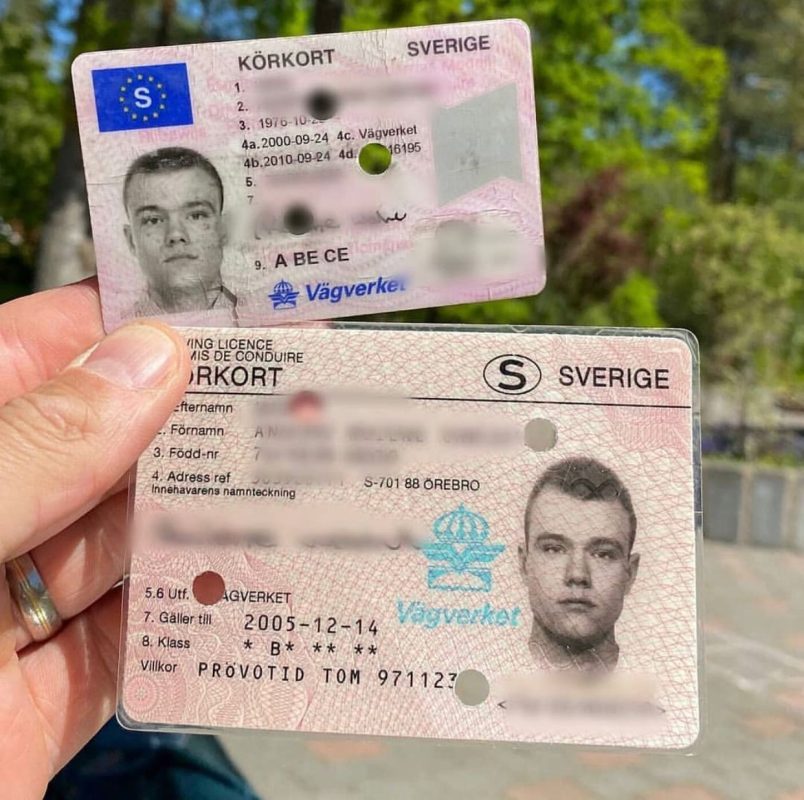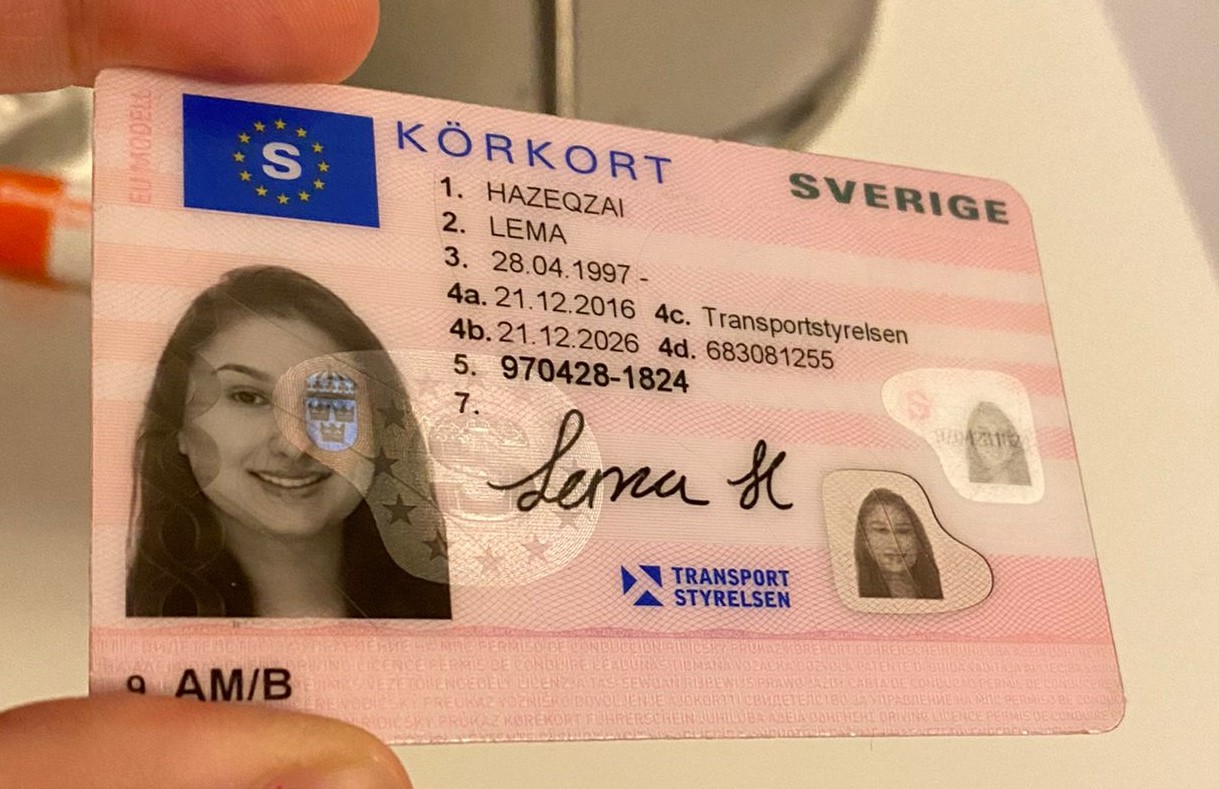
The Future of Driving Licenses: ID Handling in 2025
As innovation continues to progress at an unprecedented rate, numerous sectors are accepting developments to enhance user experience and efficiency. Among the locations experiencing substantial change is identity management, especially worrying driving licenses. With the introduction of digital licenses and advanced identification methods, the landscape of driving license ID handling is expected to go through considerable changes by 2025. This short article explores the anticipated advancements in driving license ID handling, the implications for users, and answers frequently asked concerns about the future of driving licenses.

The Evolution of Driving Licenses
Driving licenses have actually traditionally served as a means of recognizing a person's authority to run a motor lorry. They likewise serve several secondary purposes, including age verification and identity confirmation for banking and travel. However, the physical card system has restrictions, consisting of dangers of counterfeiting, loss, and out-of-date details. As society gravely depends on effective and safe recognition systems, the shift toward digital licenses is ending up being progressively popular.
Present Trends in Driving License ID Handling
Digital Licenses: Many states are piloting digital driving licenses that enable users to store their qualifications on their smart devices. These digital licenses are developed with innovative security functions, consisting of biometric information, and can be scanned or shared safely.
Blockchain Technology: Some jurisdictions are exploring blockchain to improve the security and authenticity of driving licenses. This innovation guarantees that info can not be damaged and that the data is quickly proven.
Facial Recognition: Increasingly utilized in recognition practices, facial acknowledgment technology can accelerate the procedure of confirming a person's identity versus their driving license. This innovation likewise helps in reducing scams and preserve the integrity of the licensing systems.
Multi-Functional Licenses: Future driving licenses may incorporate extra features such as health records, travel documentation, and even payment systems, providing a detailed identity solution.
The Benefits of Digital Driving Licenses by 2025
The shift toward digital driving licenses provides a number of benefits, consisting of:
Convenience: Users can access their licenses anytime, which eliminates the need for physical cards. This is especially useful when people forget their license, as digital copies can be obtained quickly.
Security: Advanced security steps can lower the threat of identity theft, scams, and unapproved duplication. Digital licenses often include file encryption and biometric confirmation.
Efficiency: Reduced wait times at government workplaces and throughout traffic stops, as police can validate digital licenses quickly.
Ramifications for Users
While the advancements in driving license ID dealing with present many advantages, they also include obstacles. Users need to adjust to brand-new innovation and guarantee they understand the modifications and their ramifications. Here are some considerations:
Privacy Concerns: With increased digital footprints, there will be increased issues over data privacy and how biometric information is saved and used.
Availability Issues: Individuals without access to mobile phones or digital technologies may face barriers to getting and using digital licenses.
Regulative Compliance: With numerous jurisdictions embracing different systems and procedures, users need to be aware of their regional laws regarding digital licenses and recognition.
Anticipated Changes in Driving License ID Handling by 2025
| Aspect | Existing Status | Expected Change by 2025 |
|---|
| License Format | Physical cards | Mainly digital licenses |
| Confirmation Process | Manual checks | Automated biometric confirmation |
| Security Measures | Fundamental holograms and functions | Advanced file encryption and blockchain |
| Jurisdictional Differences | Fragmented processes across states | More standardized national systems |
| User Interaction | In-person renewals and checks | Mobile applications for KöRkort online snabb leverans management |
FAQs
1. What is a digital driving license?A digital driving license is an electronic version of a standard driving license that is kept on a mobile gadget. It can be utilized for identification and verification in numerous scenarios, with enhanced security functions to avoid fraud.
2. How will digital licenses boost security?Digital licenses utilize file encryption and biometric data, making them harder to create or misuse compared to conventional cards. Furthermore, blockchain technology can ensure data credibility and stability.
3. Will everybody be needed to change to a digital license?While many jurisdictions are moving toward digital licenses, regulations might vary. Users are motivated to check with their local licensing authorities for specific standards.
4. What are the prospective drawbacks of digital licenses?Some potential downsides consist of personal privacy concerns concerning data storage, accessibility concerns for people without smartphones or digital literacy, and the requirement for a robust regulatory framework to handle security and user rights.
5. How can I get ready for the shift to digital licenses?Stay notified about local initiatives concerning digital licenses, explore readily available mobile applications for managing identification, and cultivate digital literacy to browse new technologies with confidence.
The future of driving licenses and ID handling is poised for significant advancement by 2025. As digital licenses end up being more common, users will experience enhanced security, benefit, and efficiency. Nevertheless, along with the benefits come challenges that will require public awareness and adaptation. Stakeholders should focus on education, guideline, and ease of access to ensure a smooth shift that empowers people with the recognition tools of the future. As innovation advances, so too will the techniques through which society handles identity, particularly crucial in procedures as basic as operating an automobile.